Global Energy Demand Driving Australia’s Coal and Gas Export Boom
International demand and new technologies have pushed the nation to the top for hydrocarbon exports. But massive production has also created worries over water use and pollution.
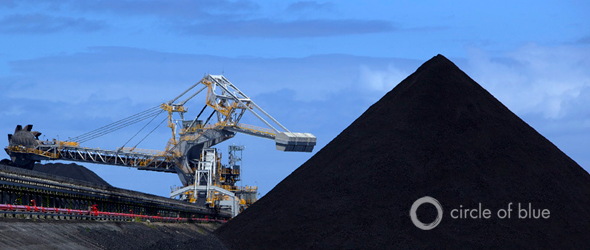
By Nadya Ivanova and Aaron Jaffe
Circle of Blue
NEWCASTLE, Australia — Beyond the perfect round waves that break here on Nobby’s Beach, a small armada of empty coal freighters bob restlessly on white seas whipped by the wind. Some 40 to 50 of the big ships are out there on any given day, queued up, waiting to fill their holds at the Port of Newcastle’s busy coal-loading docks.
The line of empty ships and the frantic loading at the port reflect powerful and converging international trends affecting the global economy, population, and natural resources. Just 150 kilometers (90 miles) from one of the largest coal mining regions on Earth, which is also an emerging hub for natural gas drilling, this fast-growing Pacific coast city has quickly become one of the world’s most important energy export gateways.
“It’s just been a gold rush,” Tony Windsor, Independent Federal Member in the Parliament of Australia, told Circle of Blue. “We’ve got all these cowboy companies — and some good ones, as well — out there rushing to get a slice of the action.”
Though coal mining has been a fact of life in Australia for over a century, natural gas produced from seams in the coal reserves is a newer resource that is also rapidly being developed. A surge of investment in mineral leases, land rights, pipeline construction, mines, rail tracks, coal terminals, gas wells, and liquefied-natural-gas (LNG) plants in recent years has turned Australia into the world’s top coal and fourth-largest LNG exporter. And much of this is being driven by accelerated growth of Asian economies, where the fossil fuels are being exported — traditionally to Japan, South Korea, and Taiwan, and now increasingly to China and India.
But soaring energy production, which has added to Australia’s trade balance, requires a lot of water in a nation that is already over extracting from its rivers and aquifers, primarily to supply the farm sector and growing cities. Over the next 25 to 35 years, the coal seam gas industry could pump between 300 million and 1.5 billion cubic meters (80 billion and 400 billion gallons) of water annually in Queensland and New South Wales, the two states at the epicenter of the nation’s hydrocarbon boom. This is between two and nine times more than what the entire mining industry is currently using in these two states. And, some experts say, it could add more stress in a region that is already extracting 23 times as much water for agriculture than for mining.
Many concerns are also being placed on whether the energy industry could pollute water aquifers and streams, as well as what to do with the massive amount of wastewater that gets pumped out of the ground and must be treated.
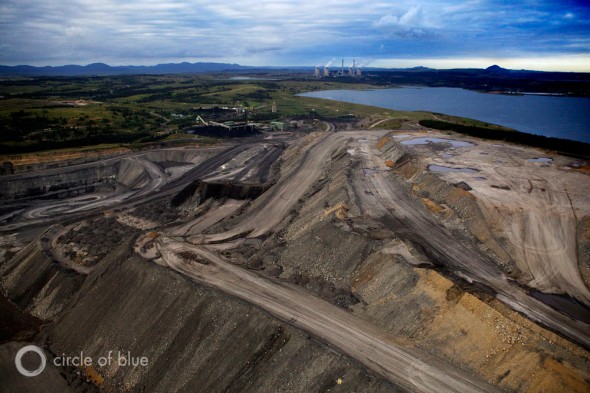
Two States + Two Booms = Massive Port Expansions
Not far from Newcastle is the Hunter Valley, which spans parts of the state of New South Wales, in eastern Australia. Here, thousands of miners work 24/7 to haul black coal out of the ground. The valley’s mines are so productive that some 40 train loads a day, or 15,000 a year, criss-cross its undulating hills. Seen from the air, the trains look like dark worms squirming across the valley.
Almost all the trains have a single destination — the Port of Newcastle.
In 2011, the mines, trains, and coal-loading terminals here shipped about 114 million metric tons of coal on about 1,000 freighters, bringing billions of dollars in export earnings. The port’s exports are so essential to the global energy economy that just one glitch in the supply chain — a storm, a railway track breakdown, a jam at a coal loader — can slow the system and raise global coal prices.
“Producers can’t get coal out of the ground fast enough at the moment,” said Matthew Watson of Port Waratah Coal Services (PWCS), one of two coal-loading operators at the Port of Newcastle. Despite round-the-clock loading, the queue of freighters outside the port hit 60 in January, which was the highest it had been in years.
Beyond the traditional coal industry, coal seam gas development is also growing in New South Wales, where companies are beginning to pierce the landscape with drilling rigs, trucks, gravel roads, and pipelines that form expansive circuits, although no commercial production has taken place there yet.
The coal seam gas industry is already soaring in Queensland, which has drilled about 5,000 coal seam gas wells. The gas reserve is so big and productive that construction just started on a project near Gladstone, which could become the world’s first major coal-seam-gas-to-LNG operation. Three other major CSG–to-LNG projects in Queensland are also underway.
In 2010, Australia produced 1.6 trillion cubic feet of natural gas, one-third of which was liquefied for export, according to the U.S. Energy Information Administration (EIA). In Queensland and New South Wales, gas produced from seams of coal accounted for 13 percent of the nation’s natural gas production in 2010.
As of April 2011, there were 15 major LNG projects, either under construction or in the pre-feasibility study stage in Australia, totaling an investment of over AUS $200 billion, according the Australian Bureau of Agricultural and Resource Economics and Sciences (ABARES). Federal Resources Minister Martin Ferguson expects that the projects will propel Australia from the fourth-largest LNG exporter to the second, after Qatar, and perhaps the largest by 2018.
Coal mines and coal seam gas fields in New South Wales and Queensland now account for about 97 percent of Australia’s black coal production and much of its unconventional gas reserves. To deal with the rapid influx of both coal and natural gas production, energy and transport industry executives are pressing ahead with big port expansion plans. The Newcastle Port plans to increase nameplate coal-loading capacity to 211 million metric tons by 2015. The Port Waratah Coal Services has a new terminal in mind, known as Terminal 4, which would add 120 million metric tons to the port’s capacity. There have also been proposals to build LNG facilities at the Newcastle Port for export to Asia.
Queensland, meanwhile, is rushing to super-size its Abbot Point Port by building six more coal terminals at a cost of AUS $9 billion. During fiscal year 2010-11, Abbot exported 15 million metric tons of coal; by 2017, it could reach a capacity of 385 million metric tons. Other Australian coal ports are also undergoing expansions and major overhauls.
Energy Industry Drives Forward With Foreign Investment
Australia last year produced 327 million metric tons of coal for sale on domestic and export markets. That was almost 20 percent more than in 2006. The surge in production catapulted the sector from a symbol of the old domestic economy to Australia’s trump card in global trade.
Although Australian reserves of gas and coal are relatively small compared to those in the United States, China, and India, Australia has elbowed aside competition to become the world’s largest coal exporter, as well as the fourth-largest exporter of liquefied natural gas (LNG). In 2010–11, Australia exported 20 million metric tons of LNG valued at AUS $10.4 billion, as well as 283 million metric tons of coal worth AUS $44 billion, according to the country’s Bureau of Resources and Energy Economics (BREE).
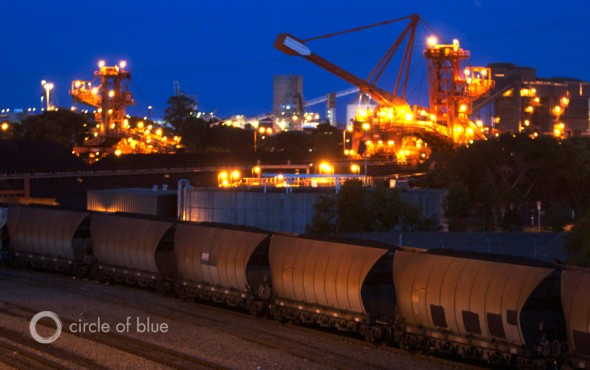
To date, the majority of Australia’s coal has gone to Japan, South Korea, and Taiwan. The big rise in exports since 2006 — almost 70 million metric tons annually — is due to rapid growth in demand from China and India. Global energy use is projected to increase more than 50 percent by 2035, with half of the rising demand from fossil fuel consumption in China and India, according to EIA’s latest global energy report.
Even with vast domestic reserves, China struggles to ensure it has access to adequate supplies of coal. But, as Circle of Blue reported in probing detail in 2011, China faces a looming economic choke point. Agriculture and big cities are increasingly competing for water with China’s coal sector — which generates 70 percent of the country’s energy and uses 20 percent of the water.
With an ever-growing demand for coal and serious pressure on its water supply in key coal-producing regions, China has worked to export its water-energy choke points by investing in overseas extractive industries, infrastructure, and farming.
In 2010, an Australian firm, Resourcehouse, signed a AUS $69 billion contract — the largest export sale in Australian history — to supply some 30 million metric tons of coal a year to Chinese power stations for 20 years. Under the agreement, the firm will build a new mining complex in Queensland and lay 500 kilometers (311 miles) of railway to move the coal to the coast.
Similarly, India has the fifth-largest coal reserves in the world. Much of it, though, has low quality or lies in the politically volatile central and eastern states, where it is difficult to mine. To bridge the gap between demand and domestic production, India has become a major importer of coal. In 2012, the country forecasts importing 92 million metric tons of coal, an 18 percent increase from 2011, according to BREE.
Scant Research On Water Consequences
The production of all that coal and natural gas has been made possible by technological advances — such as coal seam gas extraction and hydraulic fracturing (fracking) — but these require significant amounts of water, in addition to the massive amounts of wastewater that drilling and mining create.
A major source of water is the Great Artesian Basin, among the world’s largest underground water reserves, which supplies farms and cities in this region, and underlies most of the nation’s black coal and coal seam gas reserves, as well as Australia’s ailing Murray-Darling Basin, where a lot of farming occurs.
The mining industry consumed 175 million cubic meters (46 billion gallons) in Queensland and New South Wales during the 2009-10 fiscal year, according to the Australian Bureau of Statistics (ABS). (Comparatively, agriculture consumed 23 times more water during 2009-2010, which was about 4.1 billion cubic meters, or 1.1 trillion gallons.) Coal seam gas could pump out of the ground about 300 million cubic meters (80 billion gallons) a year, according to Australia’s National Water Commission, however, the Work Group that advises the federal government puts the figure much higher, at 470 million to 1.5 billion cubic meters (125 billion to 400 billion gallons).
Drilling practices, environmental standards, and regulatory oversight vary across Australia, but underground minerals are generally deemed the property of each state. As it stands now, Australia lacks comprehensive studies of the cumulative effects of the coal seam gas industry on land, water, and the environment.
Coal seam gas is the name that Australia gives to the rich sources of methane that occur in coal formations saturated by gas and water. To extract the gas, companies drill a steel-encased hole into the coal seam and pump out the water, which releases pressure and provides space for gas to flow to the surface. Though most coal seams are located below aquifers used for drinking water and irrigation, opponents worry that the drilling process could foster migration between underground formations.
Hydraulic fracturing involves blasting between 100 to 10,000 cubic meters (26,000 to 2.6 million gallons) of water — which has been mixed with sand and chemicals— per well into coal seams with low permeability, thus freeing the gas trapped inside. The process is put into practice on about 8 percent of coal seam gas wells in Queensland, but that percentage will likely increase to 25 to 40 percent as wells age and the gas becomes more difficult to extract, according to the Commonwealth Scientific and Industrial Research Organisation (CSIRO), Australia’s national science agency. Critics of fracking fear that the technique could create fractures in the seams that could propagate through the coal-bearing layers and leak contaminated or briny water to other aquifers.
Others say the risks have less to do with hydraulic fracturing than with the quality of the gas wells.
“It’s very difficult to imagine that water can move out of the coal seam into other aquifers during fracking. It’s actually the other direction — water moves into the coal measures, because you’ve decreased the pressure, ” said Chris Moran, groundwater specialist at the University of Queensland. “The only pathway really for water to move into other aquifers from the coal seams is if you have problems with the well integrity — if the engineering of the wells is not of sufficient quality.”
As a result, just as has occurred in New York in the United States, citizens have called for a moratorium on coal mining and coal seam gas operations. The industry, in turn, has opposed these proposals, arguing that more exploration will also inform better science and improve industry practices.
At the end of January, the federal government appointed an interim committee of experts to provide independent scientific advice on coal seam gas and large coal mining in Australia. The government is investing AUS $150 million in the project that will eventually establish an Independent Expert Scientific Committee. Its goal is to provide more certainty for regional communities around jobs, investments, the energy industry, and the protection of water resources.
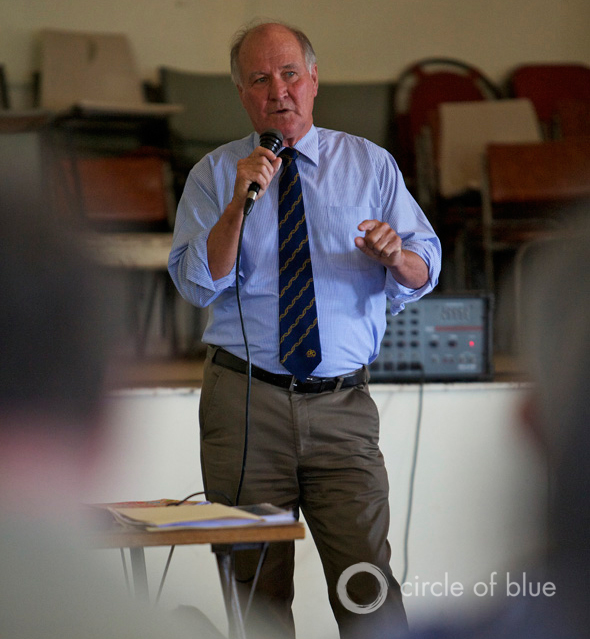
Meanwhile, Australia’s Santos, China’s Shenhua, and BHP Billiton are helping to finance a federal study of the cumulative effects of coal mining and coal seam gas operations in the Namoi water catchment area. Due in May, the study will give the first answers about the potential consequences of coal seam gas production on the region’s groundwater, surface water, and flood plain, as well as the Murray-Darling River system.
“I think the issue that solves the dilemma here is objective science, not science driven by mining companies or any science driven by a farming organization. It is objective science that will actually tell us if we know enough about this to allow the activity to proceed, ” Tony Windsor, Independent MP told Circle of Blue.
This is the first story in a three-part series about Australia’s coal and coal seam gas boom.
Reporting in Australia was supported in part by an Eric Lund Global Reporting and Research Grant at Northwestern University’s Medill School of Journalism.
Aaron Jaffe is a Chicago-based multimedia producer for Circle of Blue. Reach Jaffe at circleofblue.org/contact.
, a Bulgaria native, is a Chicago-based reporter for Circle of Blue. She co-writes The Stream, a daily digest of international water news trends.
Interests: Europe, China, Environmental Policy, International Security.

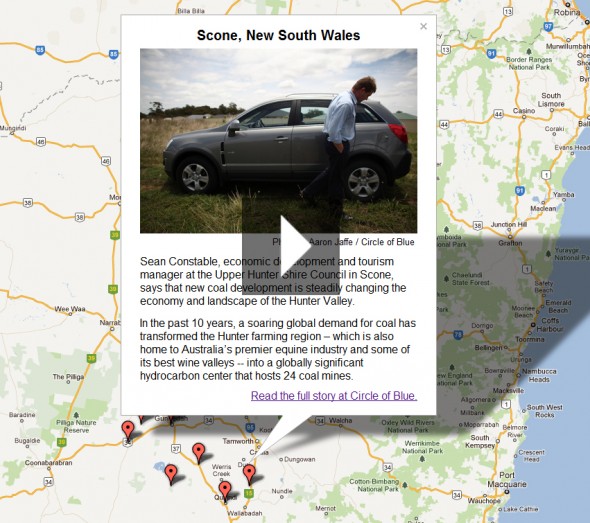
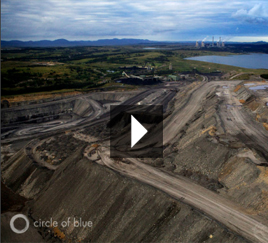
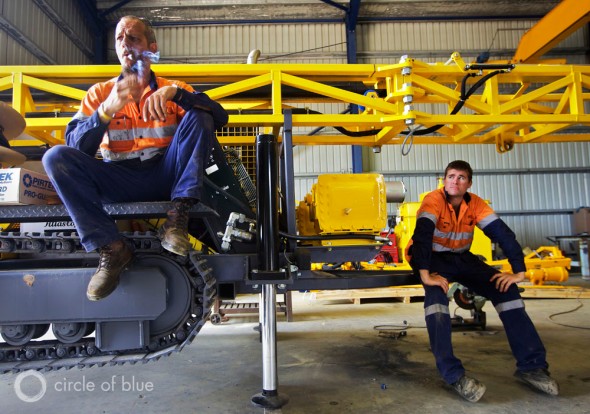
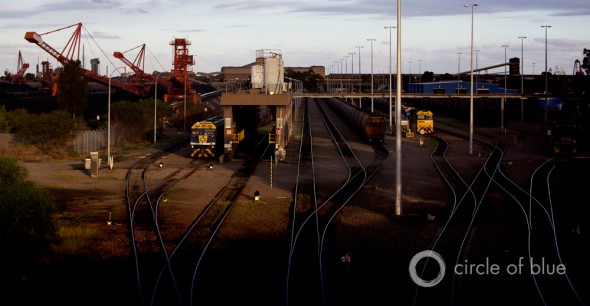
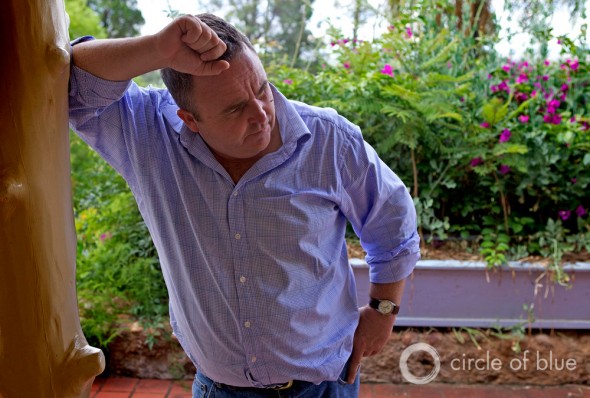
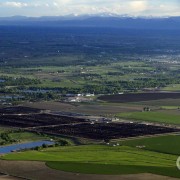

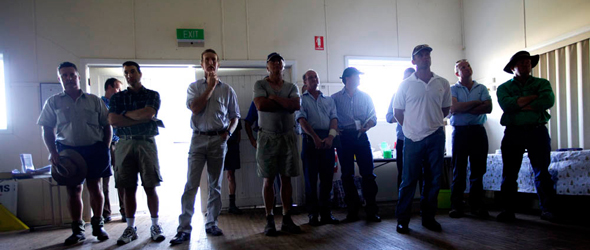
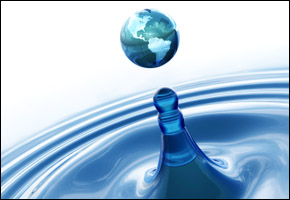
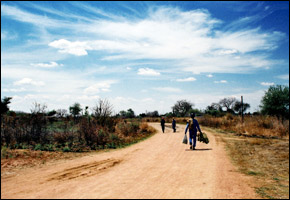
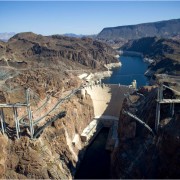



Have you seen whats been reported in coal industry and coal reports lately? The latest coal market news is all about emerging countries are predicting to use large amounts of thermal coal for power generation and coal mining for steel production and they are investing heavily onshore and offshore to secure the coal they need so that they can meet increasing demand for electricity and steel. Cherry of http://www.coalportal.com